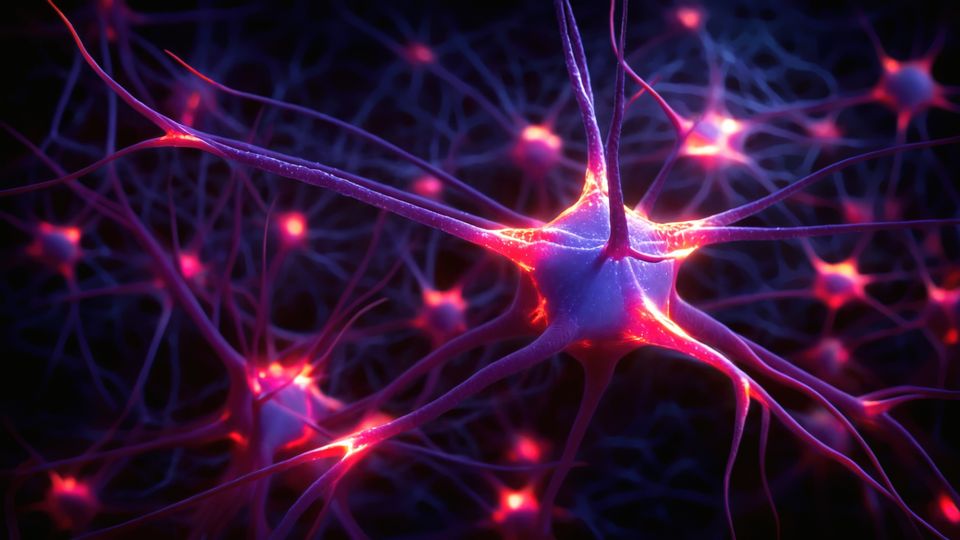Scientists at the Massachusetts Institute of Technology (MIT) have made a revolutionary breakthrough in the field of neuroscience with the development of cell-level wearable devices that could offer new hope for treating neurological disorders, such as multiple sclerosis (MS). These innovative micro-scale devices are designed to wrap around individual neurons, mimicking the natural myelin sheath to restore disrupted electrical signaling in neurodegenerative diseases. The devices are battery-free and powered by light, providing a non-invasive method to monitor and possibly modulate neuronal activity within the body.
Restoring Function with Synthetic Myelin
The groundbreaking technology involves soft polymer-based devices that can conform to the intricate shapes of axons and dendrites when exposed to specific wavelengths of light. This adaptability allows the devices to encase the neuronal structures without damaging delicate cellular components, making it a significant advancement for repairing nerve damage. Deblina Sarkar, the head of MIT’s Nano-Cybernetic Biotrek Lab, emphasizes the potential of these devices to create “symbiotic neural interfaces,” closely interacting with the neurons to restore their function. By wrapping around the axons—the neural wiring responsible for transmitting electrical impulses—the devices act as synthetic myelin, offering the possibility of repairing and rejuvenating damaged neurons.
Microelectronics Meets Biology
At the heart of these cell-wearable devices is azobenzene, a light-sensitive material. When activated by specific light wavelengths, azobenzene films transform into microtubes that securely wrap around neuronal structures. This highly specialized material and the novel fabrication method allow for precise control over the devices’ interaction with the neurons. According to Marta J. I. Airaghi Leccardi, lead author of the study and a Novartis Innovation Fellow, the team has developed a scalable technique to produce thousands of these devices without the need for a semiconductor cleanroom. This breakthrough opens the door to mass production, making it possible to create affordable and accessible therapies for patients with neurological disorders.
Implications for Therapeutic Applications
The potential applications of these cell-level wearable devices are vast. Beyond the treatment of MS, they could help patients with a variety of neurodegenerative conditions by restoring lost functions at the cellular level. By enabling more precise and localized interventions, these devices could offer targeted treatments that are both effective and minimally invasive. As the technology matures, it could lead to new, revolutionary ways to treat nerve damage, offering hope to millions of people living with conditions that impair neuronal function.


















